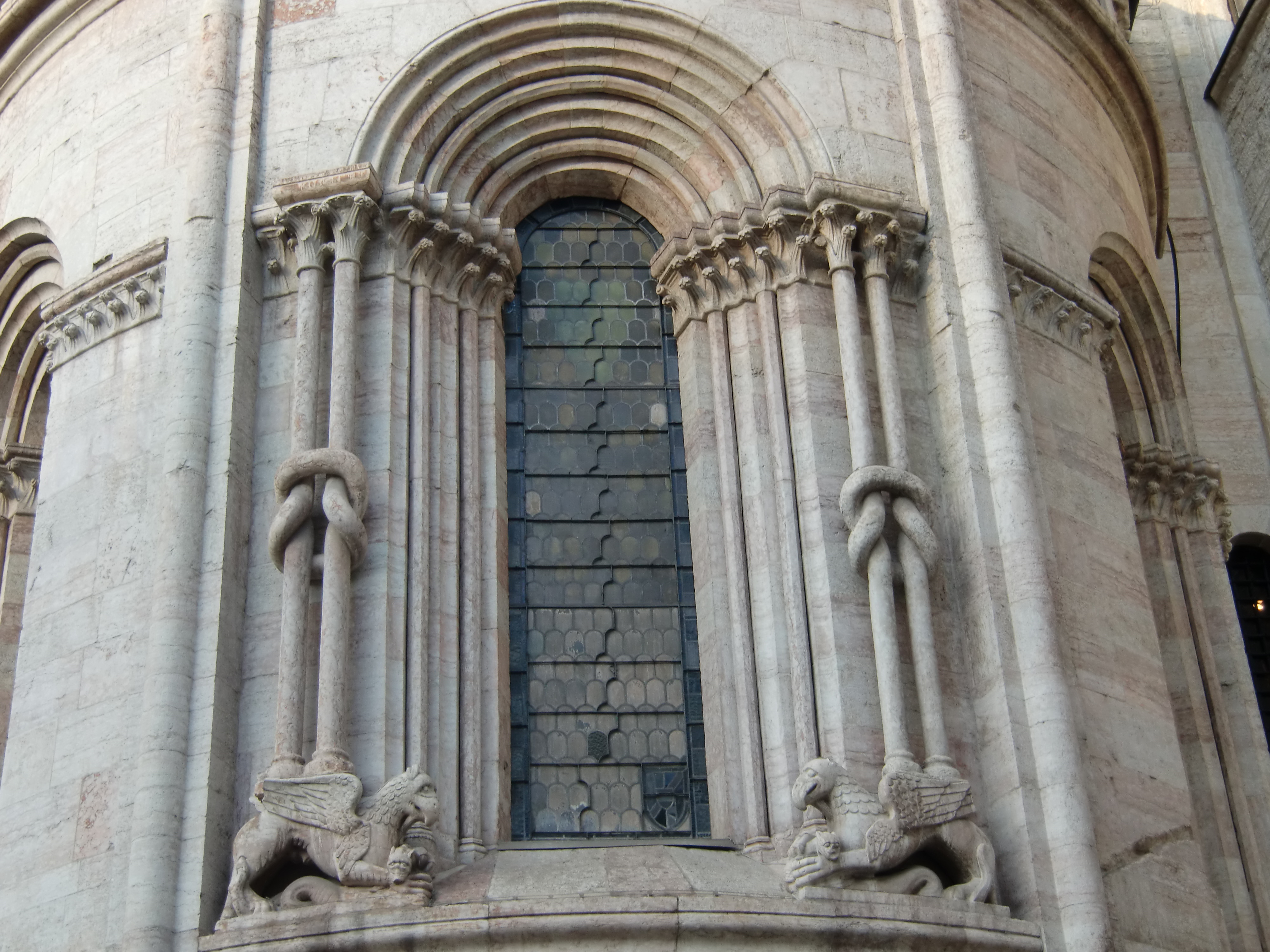Knotted Column on:
[Wikipedia]
[Google]
[Amazon]
 Knotted column (also serpent column) is an architectural element, consisting of a pair of columns joined together by a "flat knot". The column was particularly used during the Romanesque period when it spread in a wide geographical area between Northern Italy, Bavaria, and Burgundy, and was particularly associated with the work of the
Knotted column (also serpent column) is an architectural element, consisting of a pair of columns joined together by a "flat knot". The column was particularly used during the Romanesque period when it spread in a wide geographical area between Northern Italy, Bavaria, and Burgundy, and was particularly associated with the work of the
Gropina pulpito.jpg, Church of San Pietro di Gropina
Collégiale de San Quirico d'Orcia 1.jpg, Collégiale de San Quirico d'Orcia (Tuscany)
Abbazia di Chiaravalle della Colomba5.JPG,
Comacine masters
The Comacine masters (''magistri comacini'') were Early Middle Ages, early medieval Lombard stonemasons working in a region of excellent building stone who gave to Lombardy its preeminence in the stone architecture that preceded Romanesque archi ...
and the Cistercian order.
Background
The knot is a symbol of the double human and divine nature of Christ, as well as of the Father and the Son united by the Holy Spirit. One of the oldest examples can be considered the pulpit of the parish church of San Pietro di Gropina, perhaps from the Lombards era. One of its supports is made up of a pair of knotted columns. There are also examples in which four columns are knotted together, as in the Trento Cathedral. According to some scholars, however, the origin of the knotted column would be Byzantine, as evidenced by a column found and exhibited at the Provincial Museum of Torcello (Venice).Gallery
Abbey of Chiaravalle della Colomba The Abbey of Chiaravalle della Colomba (Italian: ''Abbazia di Chiaravalle della Colomba'') is a 12th-century Cistercian monastic complex near the town of Alseno, in the Province of Piacenza, Region of Emilia-Romagna, Italy.
History
The founding ...
Santa Sofia in Benevento (columns of the cloister).jpg, Columns of the cloister of Santa Sofia in Benevento, Italy.
Modena Duomo colonne intrecciate.JPG, Columns of the Southern Portal of Modena Cathedral.
References
{{Classical orders * Architectural elements Structural system